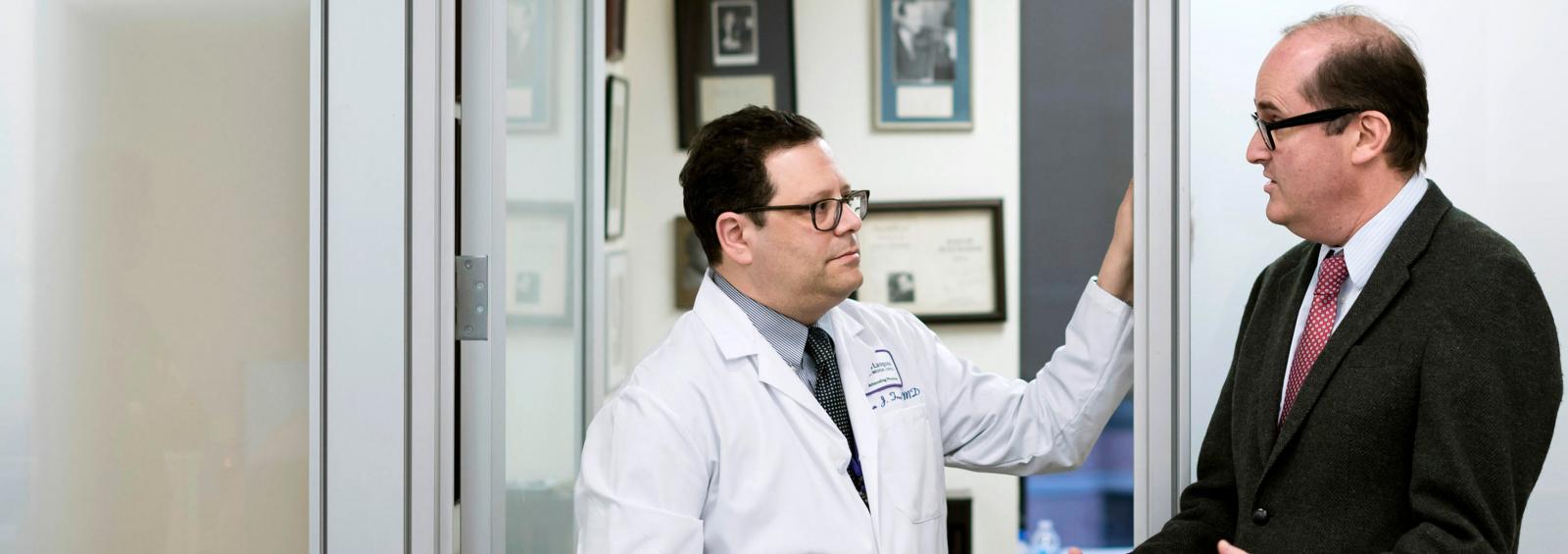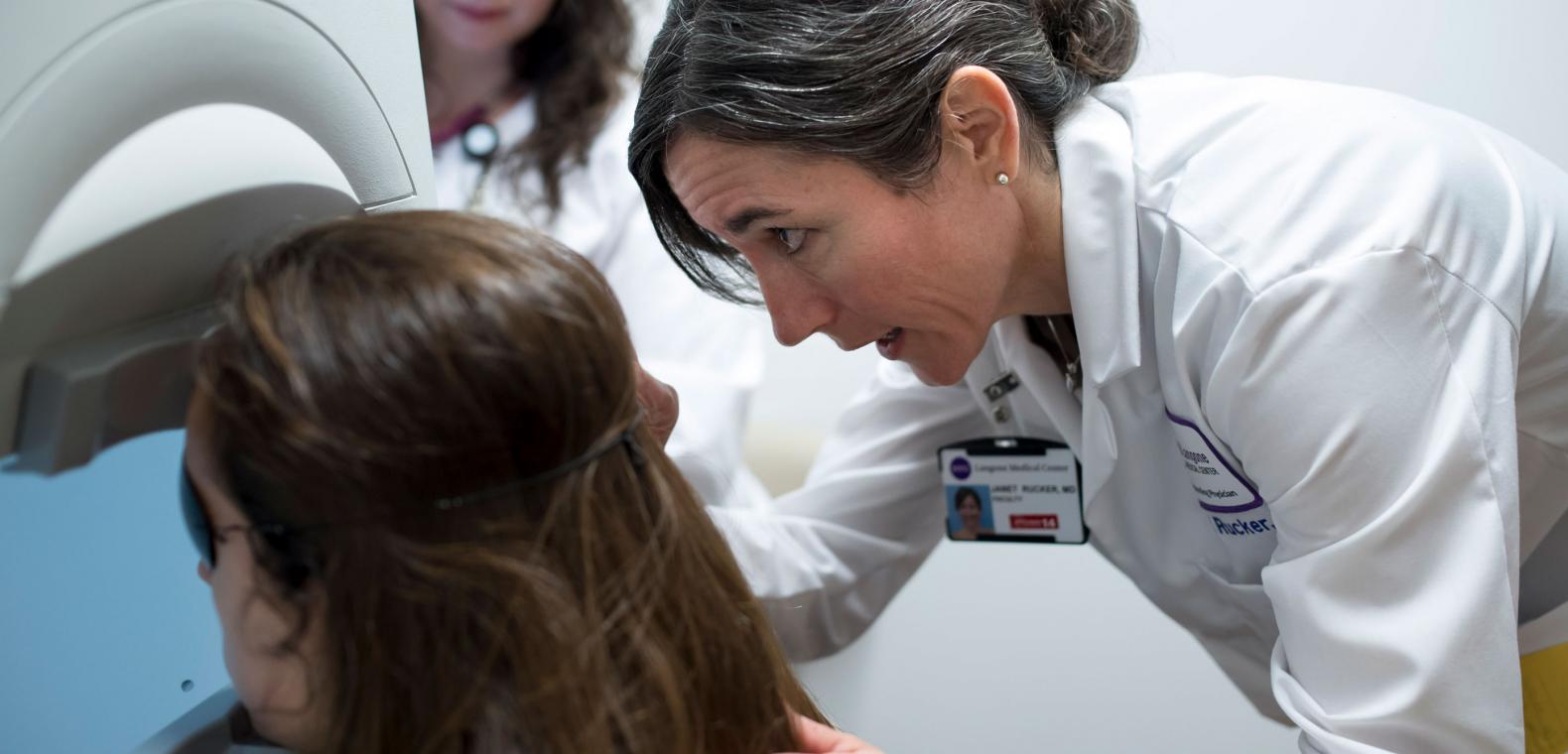About the Department of Neurology

The Department of Neurology at NYU Langone Health has been a leader in the field of academic neurology for more than 100 years. Our clinicians handle more than 100,000 patient visits each year. Working in state-of-the-art facilities, we evaluate and treat children and adults with a wide array of neurological diseases. Close cooperation with the Departments of Neurosurgery, Orthopedic Surgery, Pathology, Psychiatry, and Radiology ensures that all patients receive integrated care for conditions affecting the central or peripheral nervous systems.
Our attending physicians provide ambulatory care to outpatients in offices at each of NYU Langone’s hospitals; in the faculty practice offices at Skirball Institute of Biomolecular Medicine and the Schwartz Center for Biomedical Imaging, which are both located at NYU Langone Medical Center; in offices located within walking distance of NYU Langone’s Tisch Hospital; and at NYU Langone Ambulatory Care Center East 41st Street.
Our faculty continue to pioneer and advance novel technologies for diagnosis and treatment. In the Division of Neuro-Ophthalmology, we analyze eye movements to aid in the diagnosis of a variety of neurological disorders, and our neuro-ophthalmologists use optical coherence tomography to expand the diagnostic criteria for multiple sclerosis (MS). In the Division of Multiple Sclerosis, our clinicians are at the forefront in the use of low-voltage transcranial direct current stimulation for MS-related fatigue.
Together with our colleagues in the Concussion Center, we have improved concussion diagnosis, and our stroke program—part of the integrated Center for Stroke and Neurovascular Diseases—benefits from close work with specialists across NYU Langone. Our cross-disciplinary expertise helps us unravel the most complex clinical puzzles, as demonstrated by recent insights gained by our faculty in the Division of Headache.
Promising treatments emerging from clinical trials in the Center for Cognitive Neurology and our epilepsy, MS, and Parkinson’s disease programs are quickly put into practice for the benefit of our patients. With one of the most extensive and complex tissue banks in the country, we are advancing our understanding of disease pathology and treatment response, which expands our clinical options. Prominent new physician recruits at the growing Fresco Institute for Parkinson’s and Movement Disorders bring enhanced research and clinical rigor to our programs.
Our History
The Department of Neurology at NYU Langone Health has a rich history that spans from the late 1800s to today.
The field of academic neurology in America was established in 1867, when William A. Hammond, MD, was named professor at Bellevue Hospital Medical College, a precursor of today’s NYU Grossman School of Medicine. Dr. Hammond dedicated himself solely to the practice of neurology and wrote the first textbook in the field. Dr. Hammond also launched the first postgraduate program in neurology in 1882 at the New York Postgraduate Medical School and Hospital, which was a forerunner of NYU Langone’s Tisch Hospital. Finally, he founded the American Neurological Association, one of the world’s leading societies for neurological investigation.
Edward G. Janeway, MD, another leader in modern medicine in the United States, served as chair of neurology at Bellevue Hospital from 1881 to 1886, and was the Commissioner of Health for New York City from 1875 to 1891. In 1898, Dr. Janeway was appointed the first dean of NYU School of Medicine and Bellevue Hospital Medical College. He remained in this position until 1907, and is widely remembered for his description of the nodular lesions on the palms and soles that signify subacute bacterial endocarditis.
Charles L. Dana, MD, served as president of New York Postgraduate Medical School and Hospital from 1884 to 1895. During his tenure, he became president of the American Neurological Association.
The list of remarkable people and accomplishments continues today—a result in no small part of the teamwork and professionalism that characterize our department’s tremendous trajectory and growth.
